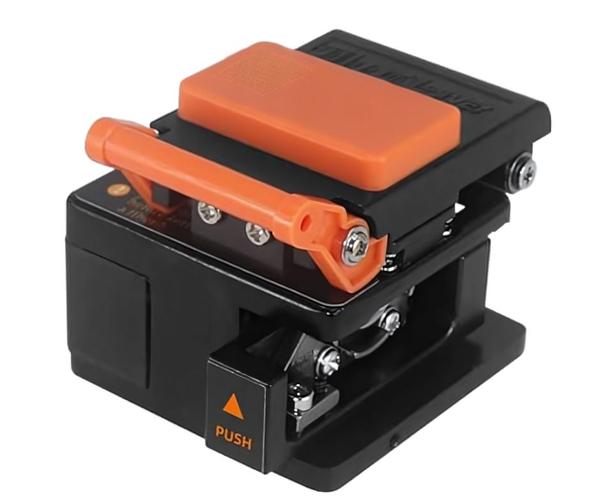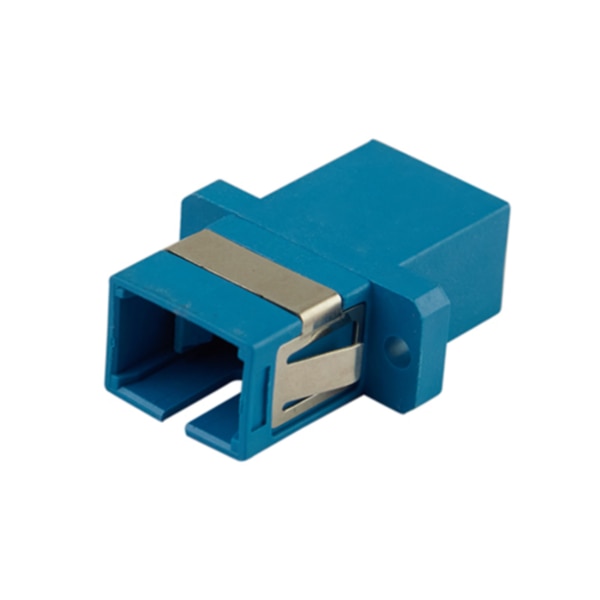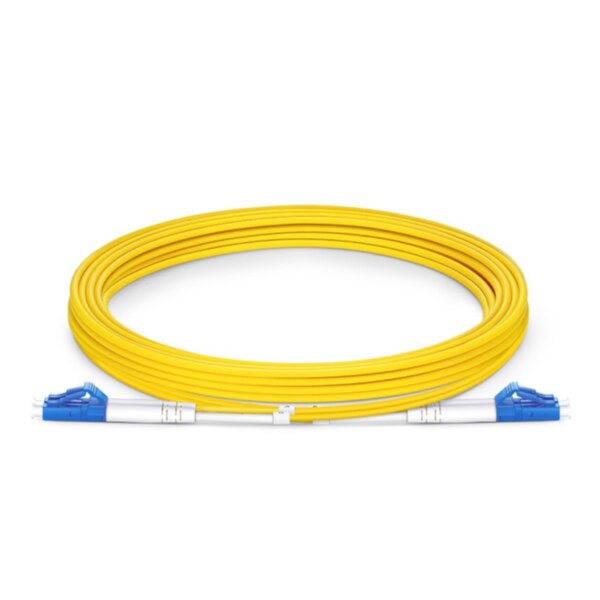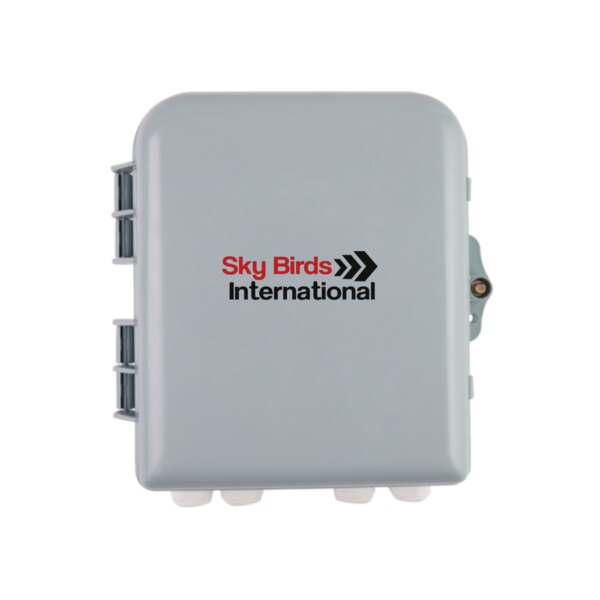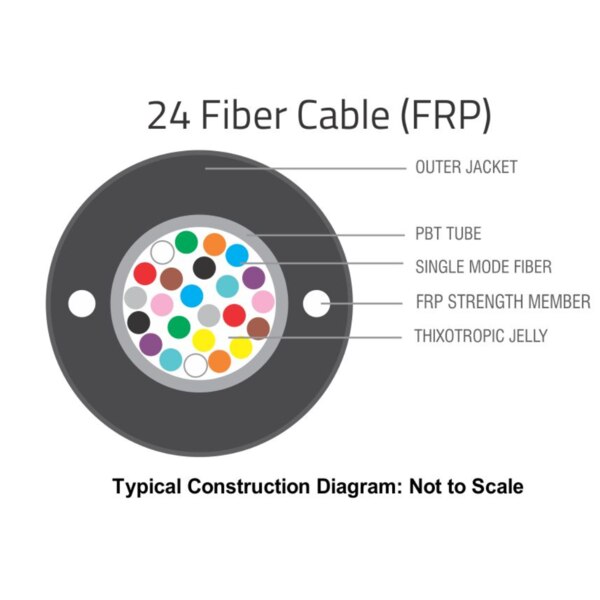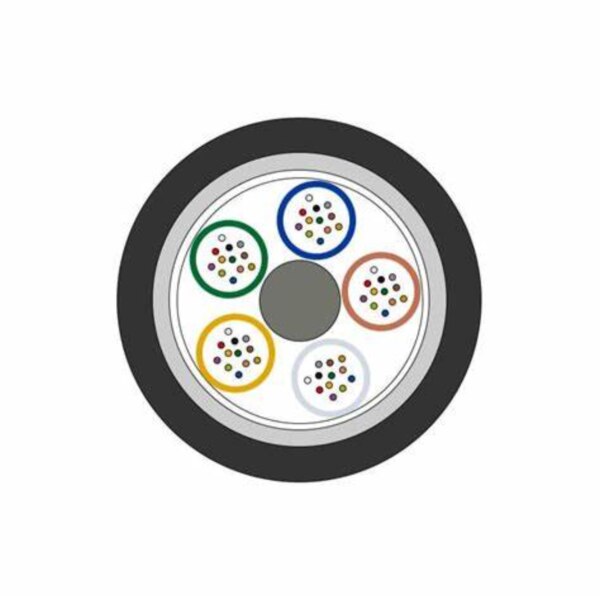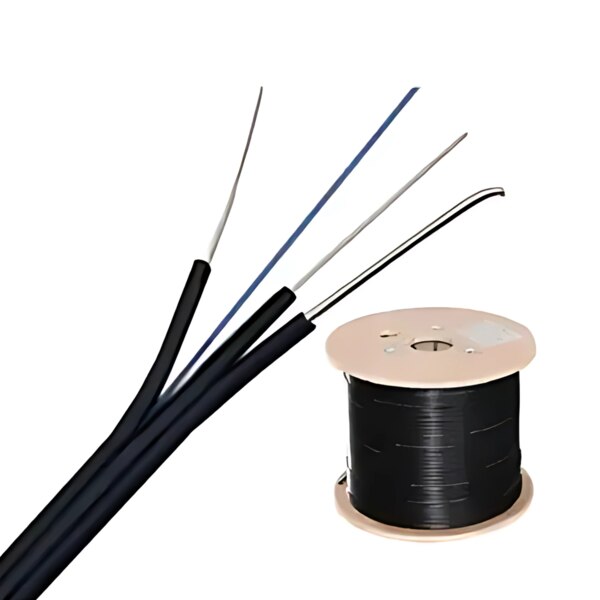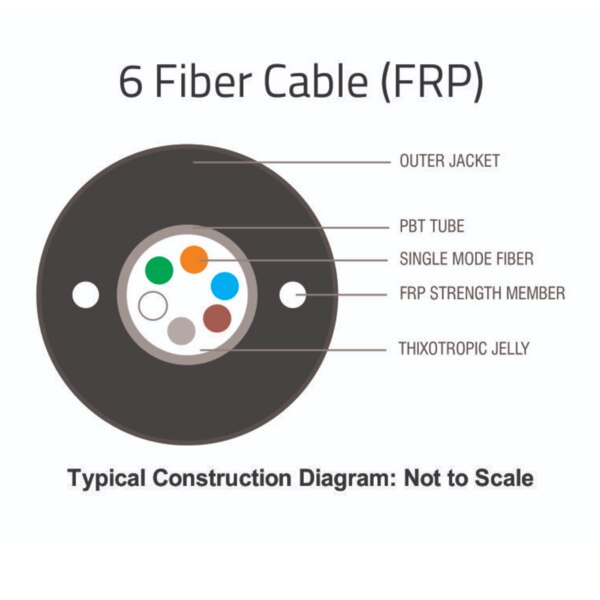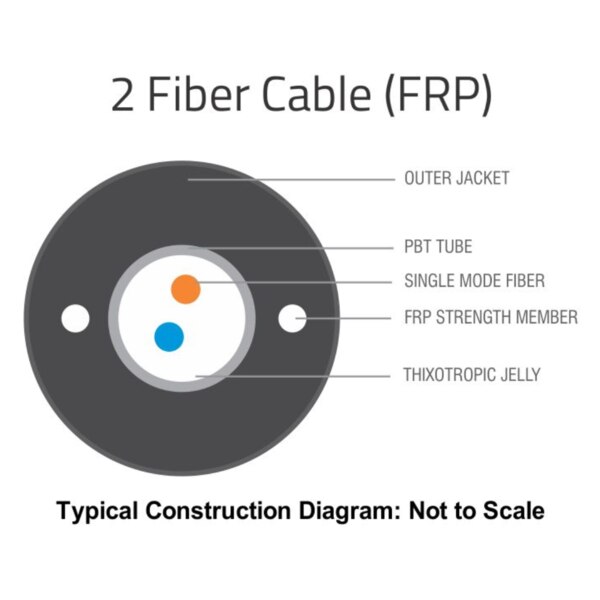Type: Precision optical fiber cleaver Design: Manual push-type cleaver with protective blade cover Use: For cleaving single-mode or multimode fiber, typically in FTTH, fiber network installation, and maintenance tasks Key Features: Push mechanism for easy cleaving (labeled “PUSH” with an arrow) Blade housing secured with screws, indicating a replaceable or rotatable blade Holder clamp to position and secure the fiber before cleaving Compatible with 250 µm, 900 µm, or 3.0 mm jacketed fiber (depending on the exact model)
Send Message
